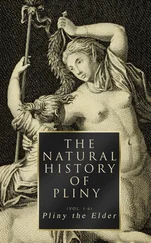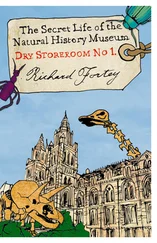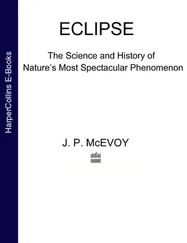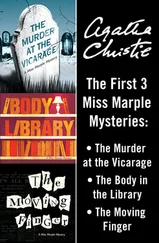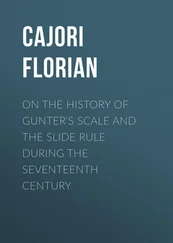3.2. A scientific investigation of color
The first investigation consisted of deciding between the two opponents claiming to be the representation of the stolen French Blue diamond. On the one hand, we had the Russian clan which, through the Terestchenko diamond of 42.92 carats, claimed prestigious royal paternity by its ovoid shape. On the other hand, the American clan had the Hope diamond of 45.52 carats. A laser scan of the lead model was performed to obtain a 3D mesh of thousands of polygons of the lead cast of the French Blue diamond to find the truth of these two hypotheses. Numerical methods such as edge collapse decimation enabled the restoration of the original faceting of the gem. This result, when compared to the two competing representations, was clear: the Terestchenko was too long and not wide enough. The American won hands down (Figure 3.1(d)). The thieves of 1792 thus savagely recut the three main corners of the French triangular diamond to give it the present ovoid shape of the Hope diamond.
Then arose the question of the color of this mythical gem. Confusion reigned: the diamond was described as “violet” in the royal inventories of 1691, as “sapphire blue” in 1787 and then as “light blue” in 1813 (Farges et al . 2012). The study began with the Hope diamond, which was removed from its Cartier necklace for the occasion. An optic oddity – never noted or interpreted before – was revealed as I placed the mythical diamond on a light background: in the center of the gem, where it is thickest, the object became very light in color, which contrasted with the rest of the volume, which was of a navy blue almost black. It became obvious that the gem behaved like a lightly colored parallel prism (Figure 3.1(c)), which no one had noticed. On the other hand, at the periphery, the diamond appeared dark even though it is thinner. To understand this curious anomaly, an optical absorption study was performed on the gem (Figure 3.3).
3.3. The digital decoding of the creative genius of the royal gem cutter
Considerable ab initio calculations of the color of the Hope diamond were undertaken to elucidate the anomaly (Farges et al . 2012). For this purpose, the theoretical dielectric function (𝜓) of a diamond was calculated by considering a doping of its cubic atomic structure with boron atoms, present in trace amounts in the carbon atomic structure of this mineral and supposedly the source of its blue color (Fritsch 1998). We then solved the Bethe–Salpeter equation (Farges et al . 2012) that quantified the interaction between light and this mineral to determine its absorption spectrum between ultraviolet and near-infrared (400–900 nm). In summary, these complex calculations allowed us to reproduce and therefore understand the color anomaly of this diamond. In fact, the Hope diamond was not dark blue as it appeared at first sight, but pale blue! The calculation was able to show that its faceting amplified the pale color of the mineral constituting the Hope diamond to the point where the latter appeared blue (almost black) to us (Figure 3.3).
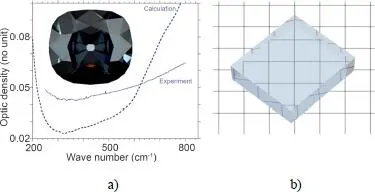
Figure 3.3. (a) Results of ab initio calculations on the color of the Hope diamond (dashed line) compared to the experiment (solid line) and photo-realistic simulation of this diamond reproducing the color contrast at the center of the gem (compare with Figure 3.1(a)); (b) photo-realistic simulation of this diamond without its cushion-faceting. Images © F. Farges/MNHN
As the faceting of the Hope diamond differed drastically from that of its ancestor, we then had to recalculate the effective color of the French Blue diamond based on the scanned and decimated cast. The application of this concept to the Louis XIV blue diamond was based on the concept of critical angle ( θ 2), which is related to the angle of total reflection itself as a function of the diamond’s refractive index, worth 2.42 on average (i.e. θ 2~ 26°, Figure 3.4(a)). The light path (ray 1 in Figure 3.4(b)) passed through the diamond given its angle of incidence ( θ 1) zero with respect to the perpendicular angle of the diamond table. It passed through the diamond/gold diopter and returned the image of the underlying gold setting. The path (radius 2 in Figure 3.4(b)) corresponds to the incidence of light on the slightly off-center diamond ( θ 1). Again, the angle of incidence was less than the critical angle and the light was still reflected by the gold. As for the third path (ray 3 in Figure 3.4(b)), it corresponded to the case where the light arrived on the facets of the pavilion with an angle greater than the critical angle: the light was then reflected in the diamond which increased its absorption and, consequently, the color perceived by the observer in return. Clearly, Louis XIV’s gem cutter had mastered, knowingly or not, the founding concepts of linear optics published by Descartes (1596–1650) in La Dioptrique (Descartes 1637). The computer simulation of the Louis XIV blue diamond gave a diamond with blue hues centered on a sapphire blue. In the 17th century, the term “violet” was used to designate both dark blue and the current violet. As far as the Louis XIV diamond is concerned, it is the “sapphire blue variant” of “violet” that is the correct color for this diamond.
The 1691 Crown Diamond Inventory (AN, O 13360) tells us that the diamond was mounted on a “ baton d’or émaillé par derrière ” (gold stick enameled from behind). A second computer simulation (Figure 3.4(c)) of this diamond set in this manner was calculated following these archival indications. The result showed a central seven-pointed gold figure set in a deep blue background and studded with white spot chips. Clearly, this star was the emblem of the Sun King, Louis XIV, and, more generally, of the monarchical France of the time, whose symbolic colors were celestial Marian blue and solar gold (Farges 2014). The seven golden facets located around the central facet (culet) symbolize the seven planets then considered (Mercury, Venus, Earth, Mars, Jupiter and Saturn, plus the Moon). Depending on the inclination of the diamond, these facets lit up or went out while the culet remained “always lit with gold”. We postulate that this corolla of seven facets represented an allegory of the graces and disgraces of the king toward the heavens, which were subject to his good will and in precession around the solar star. This “royal sun” shone in a blue background studded with stars representing the universe. These parables can be found in the allegories contemporary to the making of this decidedly extraordinary diamond, such as those of the Ballet de Flore (1669) where the king danced before the Court in the presence of the four white horses of Apollo’s quadriga: the libretto by Isaac de Bensérade (1612–1691) multiplied the allusions to the benefits of the sun on the Universe while the king was returning victorious from his first European conflict, the War of Devolution (1667–1668).
This heliocentric vision contrasted with the Platonic dogmas then recognized by the Church in which the Sun was supposed to orbit the Earth. It was not until 1755 that the Vatican admitted this “modernist” version of the mechanics of the solar system. Clearly, Louis XIV did not wait for the papacy: Descartes had already been published in his post-humous opus The World (originally dated 1633; Descartes 1664) where he took up the cause of Galileo and his assertions on heliocentrism. Through his “modernist” vision, Louis XIV asserted his Gallicanism above all against the ultramontanes (and other “Vatican-ultras” in France like the Compagnie du Saint-Sacrement (Company of the Blessed Sacrament) who were more subservient to the Vatican than to the power of the young sovereign, which the latter wanted to be absolute.
Читать дальше



